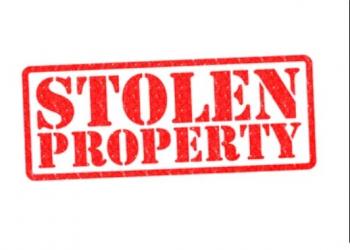
New court decision creates California precedent for online research to establish value in theft cases
The reasonable and fair market value is the test to determine the value of property in theft offenses.
At 1:39 a.m., a Los Angeles Sheriff’s Department deputy was on patrol in an industrial area in the City of Industry. She noticed the front gate to the Comptree Warehouse complex was open, not a usual situation for this hour of the morning. She drove inside and noticed an SUV with its interior light on that had backed up to a loading dock next to a 45-foot freight trailer. The cargo doors to the freight trailer were open. Stacked on the loading dock were a number of cardboard boxes.
A man (eventually a co-defendant) was standing on the loading dock next to the open trailer. An area search located another man (the defendant) under a semi-trailer atop a 6-inch axle. One told a deputy that while he was waiting for a friend, it started to rain, so he sought shelter and feel asleep. Both subjects, brothers, were arrested.
Fifteen boxes of dumbbells weighing 55 pounds each had been removed from the trailer and were either stacked on the loading dock or had been placed in the SUV. Similar boxes remained stacked inside the freight trailer.
During a Los Angeles County Superior Court jury trial, the district attorney offered testimony of the warehouse manager, who said he checked three online resources to determine the value of the property in question. The retail price for each set of Dial Tech adjustable dumbbells on Amazon was $500 each or $7,500 total, $357 each or $5,355 at Walmart, and at the Gym and Fitness site, $498 each or $7,470 total.
The defendant was convicted of one count of grand theft (487(a) P.C.) and sentenced to 180 days in jail and 2 years of supervised probation.
He appealed his conviction on grounds the warehouse manager’s testimony on the internet values were inadmissible out-of-court statements offered for proof of the matter asserted (Hearsay Rule, 1200 E.C.). He further contended there was insufficient evidence that he participated in the actual taking of the property simply because he was found on the premises.





